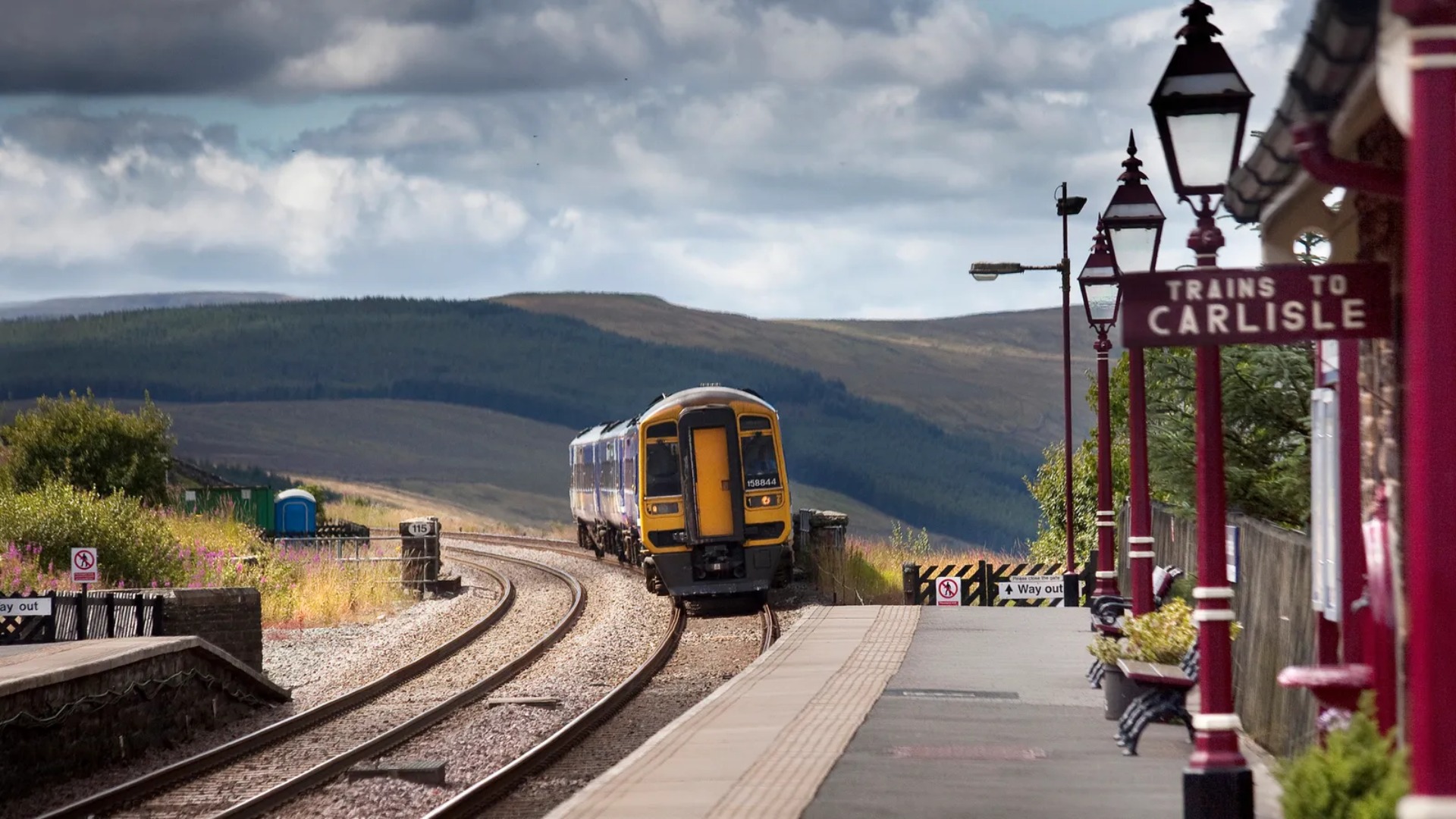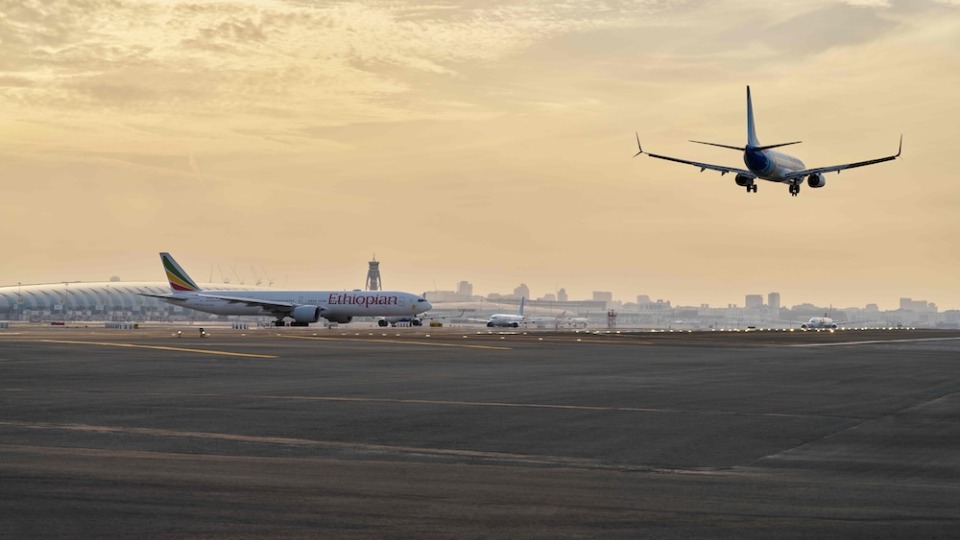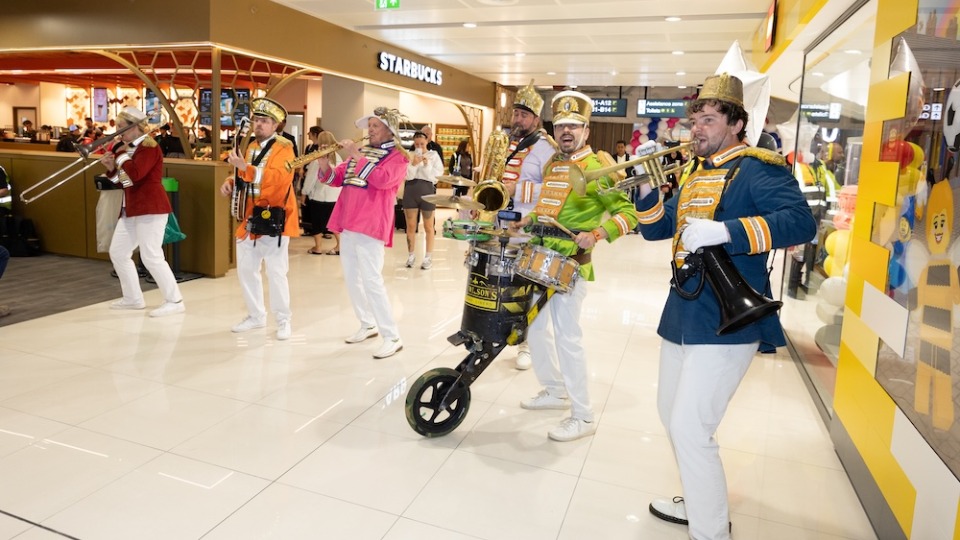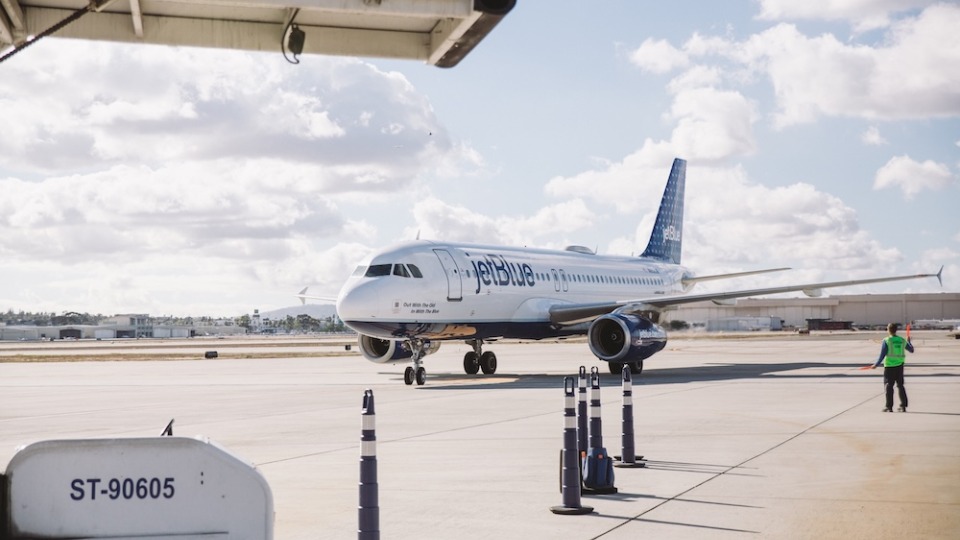
This UK Train Shouldn’t Actually Exist

The Settle-Carlisle rail line is the most picturesque in England. It runs for 73 miles through the vast hills of Yorkshire and Cumbria. It was built out of pride.
Blea Moor is an isolated spot. The gritstone crag on the moor's summit is where the fells of the Yorkshire Dales National Park can be seen. Their flanks are fern-green, windswept. The park is located in northern England. It has many focal points. However, the remote moor is not among them. Here, the breeze is cold.
However, it is still a story to be told at one hundred fifty meters underground. A tunnel was constructed beneath the moor in the 1870s. The tunnel was almost 1.5 miles long and straightened like an arrow. Handpicks and Dynamite were used by the gangs to plow through the earth. It took four years for the task to be completed. Seven construction shafts had to be sunk into bedrock from the top.
Today, my train - a three-caravan trundler and a cheery ticket inspector- is passing through the same underpass. The Blea Mor Tunnel is a crucial part of the 73-mile Settle–Carlisle Railway Line which was opened to passenger service in May 1876. It is one of the most remarkable stretches of railway track in the UK. This is partly due to the beautiful scenery it passes through, partly because of near closures in the 1960s and 1980s, and partly because it was never built.
Right now, however, I am on the move. The train ride is like a trip on a movie screen that pulls you in every direction. The track is flanked by mountains, which rise to the sides and plunge again to reveal vast valleys with distant hamlets. It winds through boggy plateaus, winding along tussocky hills with approximately 14 tunnels. There are 21 viaducts that mark its route through the wild hills. The aisle trolley also sells local beer cans and bookmarks. This is not a common feature on the national rail network, but it was a rare feat of engineering.
"Your first thought is that (the terrain) is impenetrable even to the most skilful and daring engineer," stated an editorial in the Sheffield Daily Telegraph newspaper a week before the line's public launch. "The great Pennine Chain, the rocky steeps of Ingleborough, Wild Boar, Whernside and Shap Fells – these are not favourable to the construction of a Railway."
Of the estimated 6,000 men who built the line, at least 72 of them were killed in accidents or died in smallpox epidemics in poorly sanitized camps, would have no doubt agreed.
The railway runs along a broad south-north axis, almost entirely rural. It runs from Settle, Yorkshire, to Carlisle in Cumbria. This is the railroad's raison de vivre.
The Midland Railway Company wanted to take a piece of the lucrative cross-border railway trade from and to Scotland in the 1860s. Midland rejected the pleas for partnership and ran the existing north-south routes, which were located on either side of the Pennine Mountains. Midland was now deprived of its pride and left with only one choice: to build a line through the hills.
In 1865, the company applied to Parliament for permission and was granted the right to proceed with the project. Midland was able to agree to share one of its rival's lines, in an unexpected twist. The government refused to allow Midland to rescind the original agreement, and Midland was forced to lay more than 70 miles of track through the region's steep, rearing contours.
"The line passes through the heart of some of England's loftiest hill country, skirting the base of Cross Fell, the highest point in the entire Pennine chain," explained outdoor writer Vivienne Crow, whose Eden Valley walking guidebook uses the line for several of its hikes. "Passengers don't just gaze out at distant scenery – they are immersed in it, with the railway forming part of the landscape. Even with modern technology, building a railway like this would be a massive undertaking, so it's hard to imagine the skill, effort and ingenuity that must've gone into it in the 19th Century."
Surprisingly, maybe, there were no corners cut. Although the work was more time-consuming than expected and cost a lot more, the railroad made it through the Dales in a strong, long-lasting way. It was lined with neat stations, many of which had pitched roofs and new paintwork. Dent is the highest station in England, at 350m above sea level. The Ribblehead Viaduct, a 24-arch marvel that rivals Scotland's Glenfinnan Viaduct, made the entire thing a spectacle more than a service line.
"It was the last mainline railway in England to be almost entirely constructed by hand," explained Drew Haley, the former general manager of the Settle-Carlisle Railway Development Company, a community partnership dedicated to the line, "and they built something beautiful."
The line and landscape are the same year-round. On a snowy winter's day, the mountains were pale and the stations seemed like they were in a Christmas card scene. But this summer, the views are beautiful on the slopes, and the valleys are lush. The scenery is breathtaking for the entire journey, which takes about 100 minutes.
The line began to fall a century after it was built. The Beeching of the 1960s was a scheme by Richard Beeching (chair of now-defunct British Rail) to streamline the rail network and close thousands of stations. It saw nearly all stops along the line being closed. British Rail suggested that the Settle-Carlisle be closed down. The track was being used only by a few freight and passenger trains, and the infrastructure was in disrepair. The locals didn't like this.
"Growing up in Yorkshire, my earliest memories of the line were the closure debate in the 1980s," Haley said. "It used to be on the telly that they were campaigning to save this famous historic line that had been built through the rugged North Pennines and cost so many lives. It became a massive campaign because people cared about it."
The petition was then presented to Parliament and signed by thousands. In 1989, the government granted the Settle-Carlisle a reprieve due to the overwhelming support. The facilities were improved, and stations were cleaned up and restored to their former glory. Passenger numbers increased. Since then, the line has not looked back.
It is much more than a chance to admire rolling hills. The line is still used by scheduled passenger services seven days a week, and they travel every tunnel, viaduct, bridge, and viaduct of the original route. Even Blea Moor Tunnel's prolonged blackout allows you to reflect on the labor and sweat of more than 100 years ago. What happens when you get to Carlisle? You can grab a pint at the platform bar - 301 Miles From London and go for a walk. Then, hop back onboard to return the trip.
"It represents hardship and perseverance," Haley concluded. "People sacrificed their lives for this line. Should it ever have been built? Probably not. But it was, so we've had to fight to keep it. It symbolizes something of the human spirit."
Source: bbc.com








